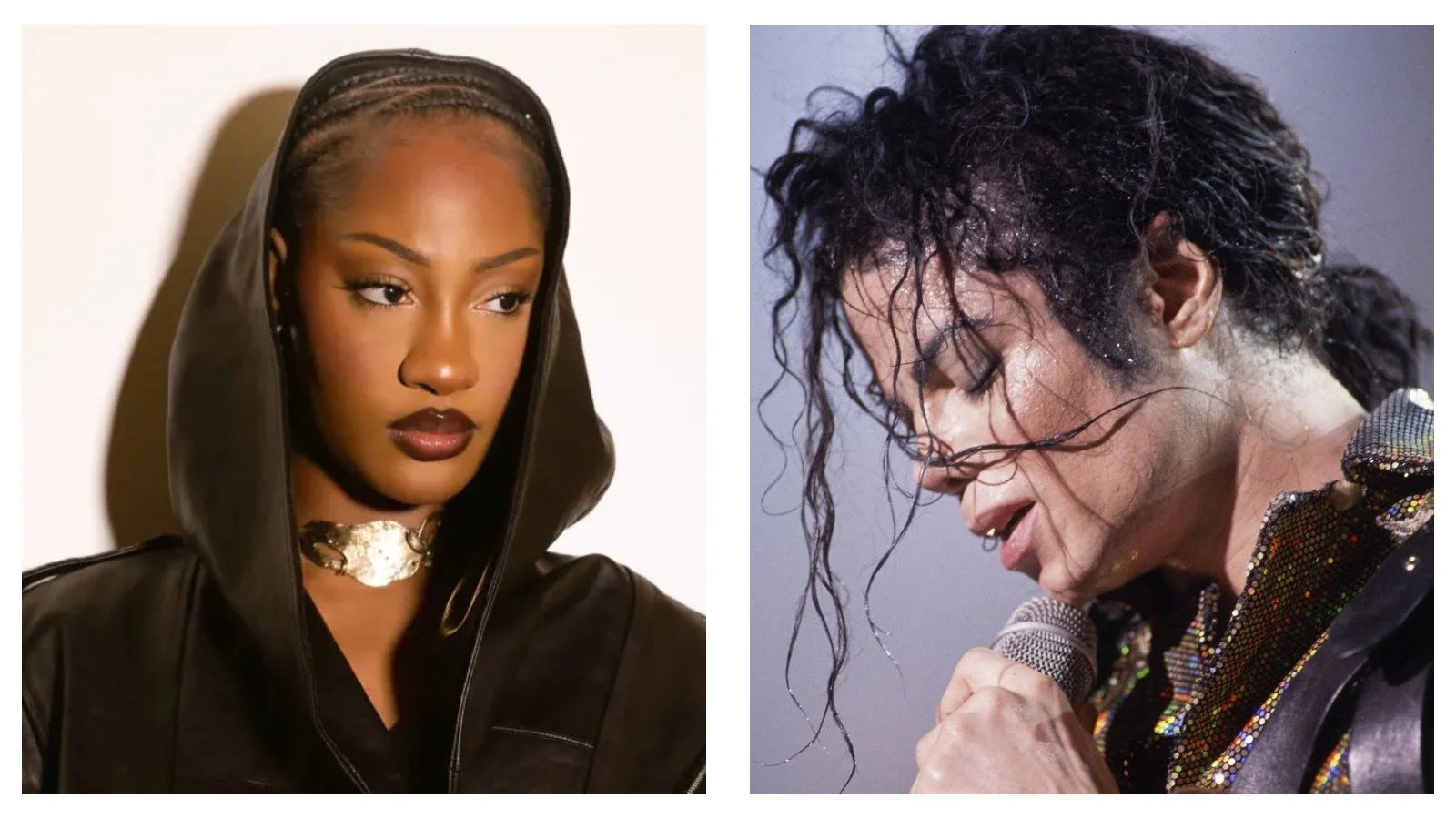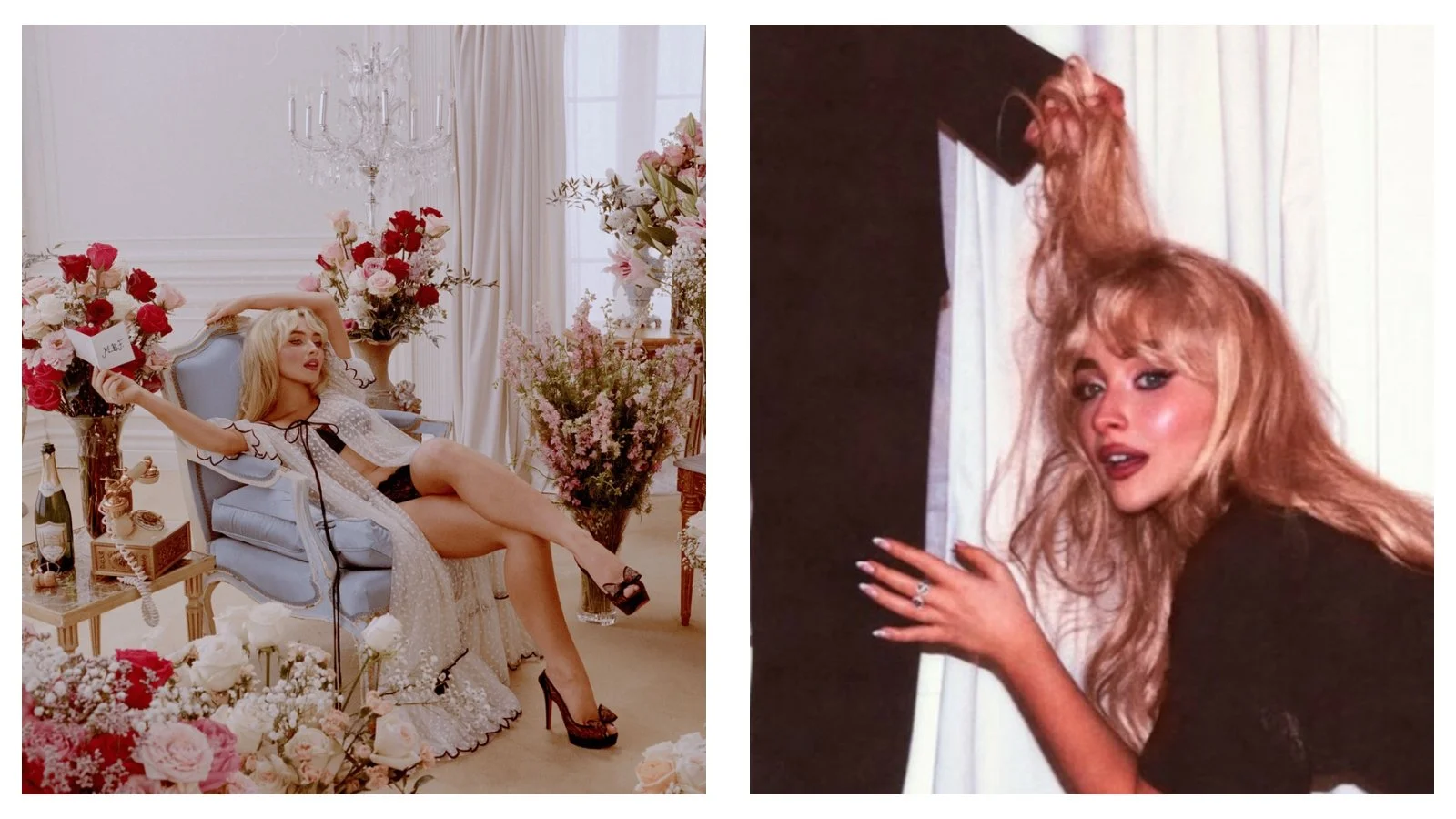Sonic time capsules: Music that defines a generation
From protest songs of the 60s to TikTok-driven amapiano anthems of today, each generation’s soundtrack tells the story of its culture, struggles and identity, writes Lindokuhle Mlombo for Music News Blitz.
Music has always been more than entertainment. It is a memory bank, a cultural archive and a mirror reflecting the struggles, joys and identities of its listeners.
Every generation has its soundtrack: the songs that played during protests, the albums spun endlessly during heartbreak, the viral hits danced to at high school parties.
These soundtracks become time capsules, helping us understand not only what people listened to, but who they were.
In tracing the last six decades, it becomes clear that music does not just soundtrack life, but it defines it.
From Woodstock to TikTok, from vinyl to streaming, here is how each era carved out its sound and left a permanent mark on the global stage.
The 1960s: Rock and revolution
The 1960s were defined by turmoil and transformation.
Civil rights protests erupted across America, Africa, and anti-war movements challenged governments, and young people sought liberation in culture as much as in politics. Music became the weapon of choice.
Folk and rock carried the voices of protest. Bob Dylan’s “The Times They Are a-Changing” was not just a song. it was a generational manifesto.
The Beatles, initially teenage heartthrobs, matured into cultural revolutionaries with Sgt. Pepper’s Lonely Hearts Club Band.
Across the ocean, Jimi Hendrix redefined what a guitar could do at Woodstock, a festival that itself became a symbol of cultural identity.
Songs like “Meadowlands” by Miriam Makeba, all the way in South Africa, were a form of resistance.
For this generation, music was not background noise. It was rebellion, a unifier and a language of resistance.
The 1970s: Disco, soul and identity
If the 60s were about revolution, the 70s were about liberation. Disco flooded dancefloors, offering joy and escape for marginalised communities, particularly Black, Latino, and queer audiences.
Donna Summer, Gloria Gaynor, and the Bee Gees turned the nightclub into a cultural refuge.
Meanwhile, soul and funk deepened their roots. Marvin Gaye’s What’s Going On blended social consciousness with musical innovation, while Earth, Wind & Fire infused spirituality into funk-driven anthems.
Rock split into subgenres, punk snarled with rebellion through The Ramones and The Sex Pistols, while progressive rock from Pink Floyd and Led Zeppelin pushed sonic boundaries.
This was the decade where music became more personal, an expression of identity, sexuality and freedom.
READ MORE: Music news: CDs, cassettes and vinyl enjoying a resurgence in a digital world
The 1980s: MTV and global icons
No decade reshaped music’s global influence like the 1980s. With the launch of MTV in 1981, visuals became inseparable from sound.
Michael Jackson’s Thriller did not just dominate radio. Its music videos turned him into the first true global pop superstar.
Madonna reinvented female sexuality and empowerment on her own terms, while Prince blurred lines of gender, genre and identity.
Hip-hop also began its meteoric rise.
What started in the Bronx as block party culture soon exploded into mainstream recognition. Run DMC, LL Cool J, and Public Enemy gave voice to urban realities, setting the foundation for rap’s global dominance.
The 80s were excess, colour and spectacle. Music was not just heard but it was seen, idolised, and exported globally like never before.
The 1990s: Grunge, hip-hop and alternative rebellion
The 1990s split down cultural lines. On one side were grunge, Nirvana, Pearl Jam, and Soundgarden, channelling disillusioned youth into distorted guitars and lyrics.
On the other side, hip-hop became poetry for the streets. Tupac Shakur and The Notorious B.I.G. turned personal pain into lyrical universes while Lauryn Hill blended rap, soul and spirituality into groundbreaking work. Something that most women in music hardly did at that time.
Alternative rock offered yet another route: Radiohead’s OK Computer sounded like alienation set to music, while Britpop, Oasis and Blur gave the UK its own identity war.
Meanwhile, R&B thrived with the likes of Destiny’s Child, Aaliyah and TLC redefining what pop groups could sound like.
The 90s proved music could be deeply personal while also socially critical. It was a decade of genres colliding and identities fracturing, transforming and reforming.
The 2000s: Digital disruption and global crossover
The turn of the millennium brought the biggest shift since vinyl: digital music. Napster, LimeWire and iTunes changed consumption forever.
For the first time, music was portable, personal and pirated. Eminem became the voice of suburban rage while Beyoncé established herself as a solo powerhouse with “Dangerously in Love”.
Coldplay and Linkin Park offered emotional catharsis while OutKast redefined hip-hop with “Hey Ya!” and Speakerboxxx /The Love Below.
Globally, genres began crossing over.
Shakira’s “Hips Don’t Lie” proved that Latin pop could dominate worldwide. Reggaeton stars like Daddy Yankee pushed Latin sounds into the mainstream, while K-pop groups like TVXQ, BoA, and early BTS began setting the stage for Korea’s global takeover.
This was the first decade where music truly became borderless, and the internet was the passport.
The 2010s: Streaming, virality and global pop
If the 2000s cracked the door, the 2010s blew it wide open.
Spotify and Apple Music shifted music from ownership to access. Billboard charts began reflecting streams instead of CD sales, fundamentally rewriting success.
Hip-hop officially overtook rock as the most consumed genre in America. Drake’s melodic rap-pop hybrid defined the decade, while Kendrick Lamar elevated lyricism into a winning art.
Pop was ruled by Rihanna, Taylor Swift and Ed Sheeran, each experimenting with genre fluidity.
But it was not just Western pop at the table anymore. Afrobeats, driven by artists like Burna Boy, Davido and Wizkid, reached global recognition.
Psy’s “Gangnam Style” and Luis Fonsi’s “Despacito” proved that viral power transcends language barriers. K-pop exploded into a cultural juggernaut, with BTS leading a fandom-driven revolution.
The 2010s were the decade of virality where any artist from anywhere could suddenly find their song on millions of playlists worldwide.
YOU MAY ALSO LIKE: ‘Man’s Best Friend’ is here: Sabrina Carpenter’s newest album has finally been released!
The 2020s: TikTok, amapiano and genre fluidity
Now in the 2020s, music no longer belongs to genres, but it belongs to moods and algorithms.
TikTok is the world’s most influential radio station. Songs like Olivia Rodrigo’s “drivers license” or Doja Cat’s Say So became cultural phenomena because of viral dances, edits and remixes.
South Africa’s amapiano has exploded globally, becoming the country’s most significant cultural export since kwaito.
Nigerian Afrobeats continues to dominate global charts with Tems, Rema and Burna Boy cementing the continent’s influence on modern pop.
Latin trap and reggaeton reign supreme in streaming numbers while genre-blurring artists like Rosalía redefine what global stardom means.
This decade is about borderless soundscapes. Gen Z curates playlists based on “vibes” rather than genres: “sad girl hours,” “study beats,” “Sunday cleaning.”
Music is no longer tied to radio or television. It lives and thrives on digital platforms where creativity is limitless.
Why music defines generations
What makes a song stick in memory is not just melody or lyric, but it is context.
“Smells Like Teen Spirit” was not just a grunge anthem. It was the sound of disaffected youth in a post-Cold War world.
Beyoncé’s “Single Ladies” was not just a dance hit. It became a feminist statement.
Today, amapiano and Afrobeats are not just party starters. They are cultural ambassadors, putting African youth culture on the world map.
Music endures because it connects us to collective memory. A single verse can trigger nostalgia, a festival can feel like unity, and an anthem can capture a revolution.
As the 2020s unfold, the sonic time capsules of this generation are already forming.
They live in TikTok snippets, in stadium sing-alongs, in global collaborations that would have been impossible decades ago.
And decades from now, when we look back at these playlists, we will remember who we were, what we fought for and what we celebrated.
READ NEXT: The music we never choose




